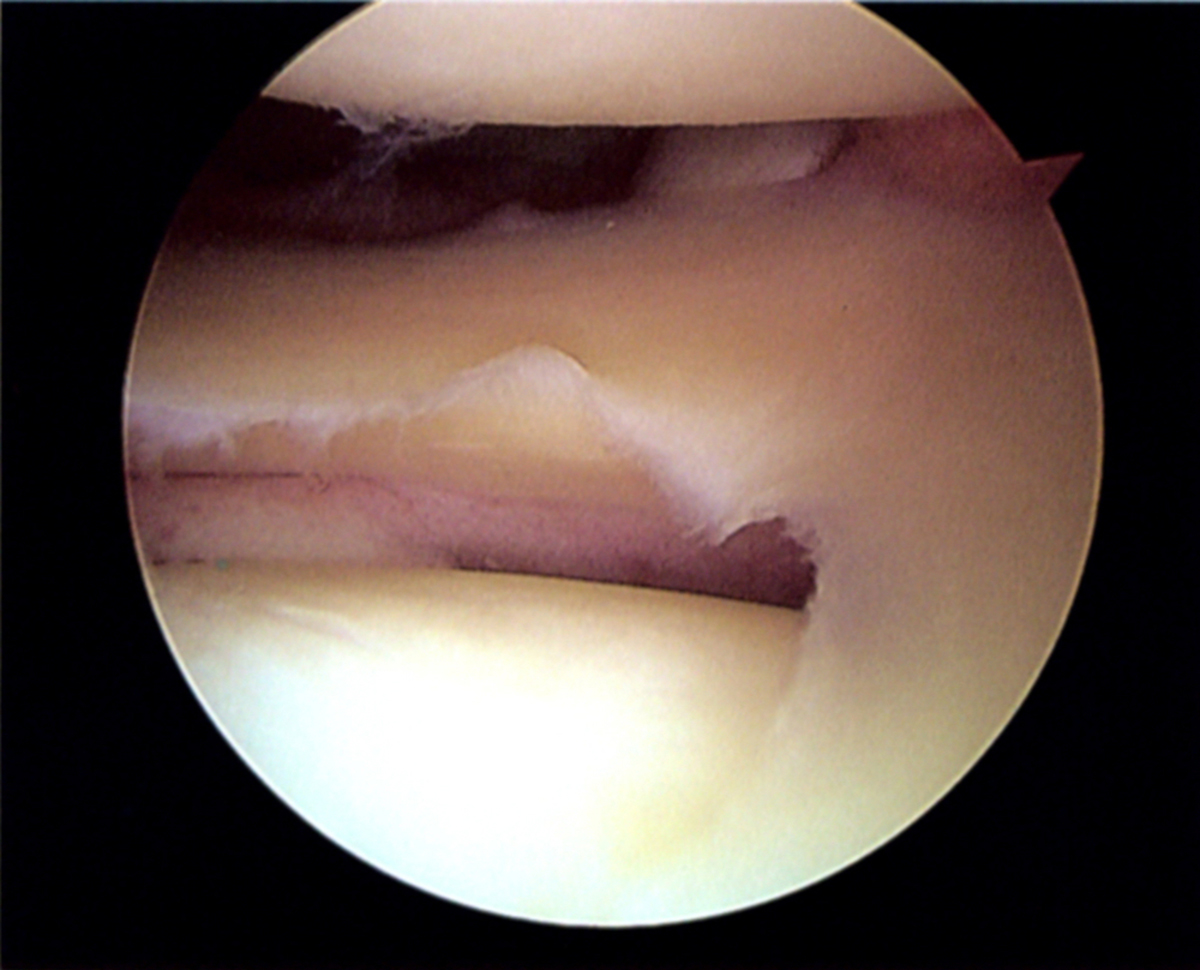
Meniscus Tear
A meniscus is fibrocartilagenous structure which is present in several human joints including knees, temporomandibular joints, acromioclavicular and sternoclavicular joint. Each of the knees contains two menisci. Actually the tear of knee menisci is the most common tear of all the menisci in the body. Sports injuries are the leading cause of the rupture. The surgeons used to remove the entire meniscus. However, today they try to repair it and to preserve this structure in order to avoid potential arthritis of the knee. In some cases the tear is rather extensive and meniscus simply cannot be preserved.
Surgery for Torn Meniscus
The goal of the surgery is the repair of the affected meniscus. Namely, this structure acts as a shock absorber and prevents possible damage to the knees. In case of the tear or after its surgical removal the knee becomes unstable and prone to injuries and other medical conditions, especially osteoarthritis.
The surgery is not required if it has been estimated that meniscus will heal on its own. This is possible in minor trauma of this structure. But if the tear has affected the inner part of the meniscus the only option is surgery.
During the operation a surgeon tries to spare as much of the meniscus as possible. He/ she removes only small portions of this structure. However, the extensive damage of the meniscus requires its entire removal. Nowadays, the surgeons are trying to find suitable solution to replace removed meniscus.
Arthroscopic surgical procedure is a standard operation for tear of the meniscus. After the surgery the patient is discharged without need for hospitalization. In this procedure the surgeon uses a tiny camera and instruments which are inserted through small incisions on the skin of the knee. The camera helps in visualization of the operating field. Depending on the case either general or local anesthesia are administered.
The damaged meniscus can be repaired, removed or even replaced. The complications are rare and never severe. The optimal time for operation is within two months after the injury.
After the surgical procedure the patient may complain about the discomfort and pain. The pain is brought under control with painkillers which are either prescribed or can be bought over-the-counter. The knee is swollen and this problem can be easily dealt with by usage of knee braces and cold compressions. The braces maintain the straight position of the operated extremity.
The patient has to undergo physical therapy to restore full range of motions and to strengthen the leg muscles. The doctor will estimate when the patient can return to his/ her regular daily activities. In athletes the recovery takes a little longer before they return to trainings.






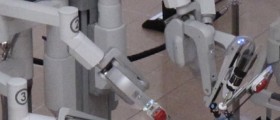



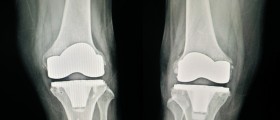
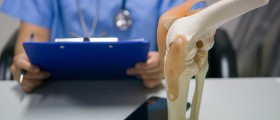
-Symptoms,-Diagnosis,-Treatment_f_280x120.jpg)
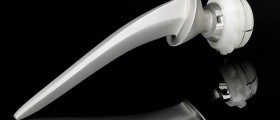
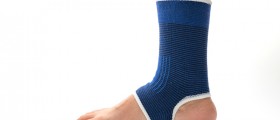
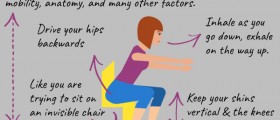
Your thoughts on this
Loading...